Home>Articles>How To Know When A Carbon Monoxide Detector Is Going Off
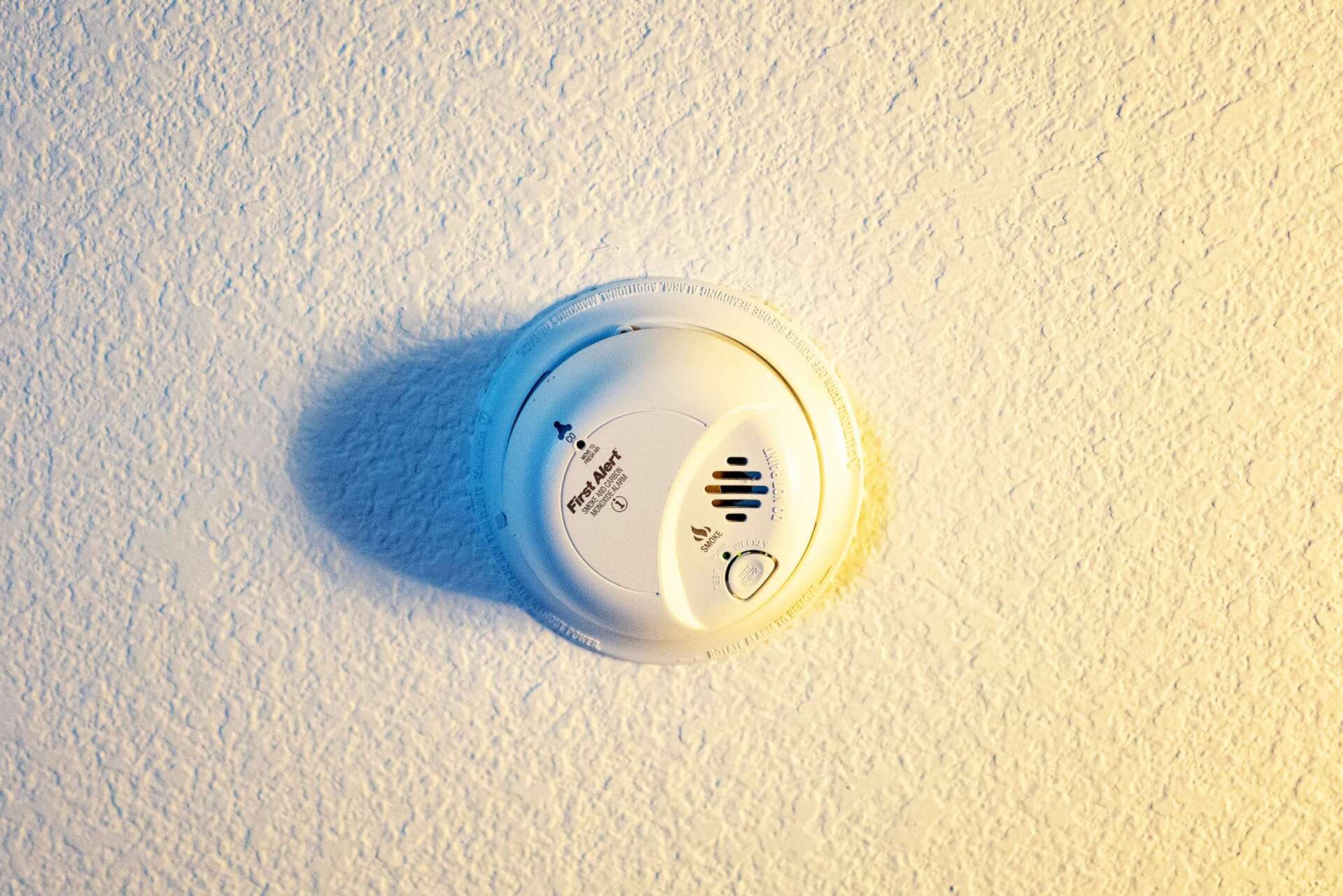

Articles
How To Know When A Carbon Monoxide Detector Is Going Off
Modified: August 22, 2024
Learn how to recognize when your carbon monoxide detector is sounding an alarm. Read this informative article to stay safe in your home.
(Many of the links in this article redirect to a specific reviewed product. Your purchase of these products through affiliate links helps to generate commission for Storables.com, at no extra cost. Learn more)
Introduction
Welcome to our comprehensive guide on how to know when a carbon monoxide detector is going off. Carbon monoxide (CO) is a colorless, odorless, and tasteless gas that can be extremely dangerous and even life-threatening if the levels in your home become elevated.
Carbon monoxide is produced when fuels such as gas, oil, coal, wood, and propane are burned. This includes common household appliances such as furnaces, water heaters, stoves, and fireplaces. When these appliances function properly and are adequately ventilated, the carbon monoxide levels remain within safe limits. However, if there is a malfunction or inadequate ventilation, carbon monoxide can accumulate to dangerous levels in your living space.
This is why carbon monoxide detectors are crucial. They are designed to detect the presence of carbon monoxide gas and alert you when levels are too high. These detectors are a life-saving tool, providing an early warning to vacate the premises and seek fresh air.
In this guide, we will help you understand the importance of carbon monoxide detectors, how they work, the signs of a carbon monoxide leak, what to do when a carbon monoxide detector goes off, and how to maintain and test your carbon monoxide detectors. By the end, you’ll have the knowledge and tools to keep yourself and your loved ones safe from the dangers of carbon monoxide exposure.
Key Takeaways:
- Carbon monoxide detectors are crucial for early detection, warning, and protection during sleep. Regular maintenance and testing ensure their reliability in safeguarding against the dangers of carbon monoxide exposure.
- Signs of a carbon monoxide leak include sudden illness, yellow flames, and dead plants. When a detector goes off, stay calm, evacuate, and seek immediate professional assistance to ensure safety.
Read more: When Does A Carbon Monoxide Detector Go Off
Understanding Carbon Monoxide
Before we dive into the details of carbon monoxide detectors and their functions, it’s important to have a clear understanding of carbon monoxide itself. Carbon monoxide, often abbreviated as CO, is a toxic gas that is invisible, odorless, and tasteless. This makes it extremely difficult to detect without the help of specialized equipment like carbon monoxide detectors.
Carbon monoxide is produced when organic materials such as fuels are burned incompletely. This can occur in a variety of situations, including the combustion of gasoline, natural gas, propane, oil, wood, and charcoal. When these materials burn efficiently, they produce carbon dioxide (CO2), a harmless gas. However, if the burning process is incomplete due to insufficient oxygen or a faulty combustion system, carbon monoxide is produced instead.
One of the main dangers of carbon monoxide is that it can quickly build up indoors, especially in enclosed spaces with poor ventilation. Without proper ventilation or sufficient fresh air, carbon monoxide can accumulate to dangerous levels. The gas is then inhaled by individuals, entering their bloodstream and bonding with red blood cells, thereby impairing the oxygen-carrying capacity of the blood.
Exposure to high levels of carbon monoxide can lead to symptoms such as headaches, nausea, dizziness, confusion, and even loss of consciousness. If left undetected or if individuals continue to be exposed, carbon monoxide poisoning can be deadly.
It’s important to note that carbon monoxide detectors are not only necessary in residential settings but also in different environments such as workplaces, recreational vehicles, boats, and even camping tents. Being aware of the dangers of carbon monoxide and having the proper safety measures in place can help prevent accidents and protect your health and well-being.
Importance of Carbon Monoxide Detectors
Carbon monoxide detectors are essential devices for maintaining a safe and healthy environment in your home. They play a crucial role in alerting you to the presence of this silent killer gas, allowing you to take immediate action to protect yourself and your loved ones.
So, why are carbon monoxide detectors so important?
1. Early Detection: Carbon monoxide detectors are designed to detect even trace amounts of carbon monoxide in the air. By placing these detectors strategically throughout your home, you can ensure early detection and receive an alarm before levels of carbon monoxide become dangerous.
2. Warning System: When a carbon monoxide detector detects high levels of carbon monoxide, it emits a loud and distinct alarm. This serves as a warning sign, notifying occupants of the potential danger and allowing them to evacuate the area immediately.
3. Protection During Sleep: Carbon monoxide is especially dangerous because it is invisible and odorless, meaning you may not be aware of its presence until it’s too late. Carbon monoxide detectors provide an extra layer of protection during sleep when you are unable to smell or see any signs of danger.
4. Peace of Mind: Installing carbon monoxide detectors in your home provides peace of mind, knowing that you have a reliable system in place to alert you to the presence of this deadly gas. This allows you to go about your daily activities without constant worry about carbon monoxide exposure.
5. Compliance with Regulations: Many local building codes and regulations require the installation of carbon monoxide detectors in residential and commercial properties. By installing these detectors, you not only ensure the safety of your household but also comply with legal requirements.
6. Preventing Accidents: Carbon monoxide leaks can occur due to malfunctioning appliances, faulty ventilation systems, or blocked chimneys. Carbon monoxide detectors can help identify these issues early on and prompt you to take corrective measures to prevent accidents and potential health risks.
7. Regular Maintenance Reminder: Carbon monoxide detectors often come with built-in features or indicators that remind you to regularly test and maintain the detectors. This helps ensure that the detectors are always functioning properly and ready to provide accurate readings and alerts.
Remember, carbon monoxide detectors are not a substitute for proper maintenance of appliances or ensuring adequate ventilation in your home. They are an important safety measure that works in conjunction with other preventative actions to keep you and your family safe from the dangers of carbon monoxide.
How Carbon Monoxide Detectors Work
Carbon monoxide detectors are sophisticated devices that use various methods to detect and measure the levels of carbon monoxide in the air. Understanding how these detectors work can help you appreciate their importance and functionality.
1. Electrochemical Sensors: The most common type of carbon monoxide detectors utilize electrochemical sensors. These sensors consist of electrodes immersed in a substance that undergoes a chemical reaction when exposed to carbon monoxide. This reaction generates an electrical current that triggers the alarm when it reaches a certain level.
2. Biomimetic Sensors: Some carbon monoxide detectors use biomimetic sensors, which mimic the way certain proteins in the human body react to carbon monoxide exposure. These sensors contain a gel-like substance that changes color when it comes into contact with carbon monoxide. When the color change reaches a certain threshold, the alarm is triggered.
3. Metal Oxide Semiconductor Sensors: Another type of sensor used in carbon monoxide detectors is the metal oxide semiconductor sensor. These sensors consist of a silica chip coated with a film of tin dioxide. When exposed to carbon monoxide, the electrical resistance of the tin dioxide changes, triggering the alarm.
4. Optical Sensors: Optical sensors work by using light to detect carbon monoxide. A light source in the sensor emits a specific wavelength of light, and a detector measures the amount of light that passes through the air. When carbon monoxide is present, it absorbs the light, resulting in a decrease in the measured light level and activating the alarm.
Regardless of the sensor type, carbon monoxide detectors are designed to continuously monitor the air for any signs of carbon monoxide. If elevated levels are detected, the alarm system is activated, typically producing a loud noise or sounding a voice alert to prompt immediate action.
It’s important to note that carbon monoxide detectors have a limited lifespan and may become less effective over time. It’s recommended to replace the detectors every 5-7 years or according to the manufacturer’s guidelines. Additionally, regular testing and maintenance of the detectors are vital to ensure they are functioning correctly and providing accurate readings.
Having a basic understanding of how carbon monoxide detectors work can empower you to make informed decisions when selecting and maintaining these devices, contributing to a safer living environment for you and your family.
Replace the batteries in your carbon monoxide detector every 6 months and test it regularly to ensure it is functioning properly. If the alarm goes off, evacuate the area immediately and call for help.
Signs of a Carbon Monoxide Leak
One of the dangers associated with carbon monoxide is that it is a silent and invisible gas, making it difficult to detect without the help of carbon monoxide detectors. However, there are some signs that can indicate a carbon monoxide leak in your home. It’s important to be aware of these signs and take immediate action if you notice any of them:
1. Sudden Illness or Symptoms: Carbon monoxide poisoning can cause symptoms that are often mistaken for the flu or a common cold. If multiple household members start experiencing sudden and unexplained symptoms such as headaches, dizziness, nausea, vomiting, fatigue, or confusion, it may be a sign of carbon monoxide exposure.
2. Yellow or Flickering Flames: When natural gas or propane-burning appliances are functioning properly, the flames should be blue. If you notice yellow or flickering flames in a gas stove, water heater, or furnace, it may indicate a problem with the appliance and a potential carbon monoxide leak.
3. Stale or Smoky Smells: While carbon monoxide itself is odorless, it is often released alongside other gases during combustion. If you notice a strong, stale, or smoky smell in your home that cannot be explained by any other source, it could be an indication of a carbon monoxide leak.
4. Condensation on Windows: If you notice excessive condensation or moisture buildup on windows, it could be a sign of poor ventilation, which can contribute to a carbon monoxide buildup. Proper ventilation is crucial for the safe operation of fuel-burning appliances.
5. Carbon Monoxide Detector Alarms: Your carbon monoxide detectors are your first line of defense against a potential carbon monoxide leak. If any of your carbon monoxide detectors go off and you are not able to identify any other immediate source of the alarm, it’s important to treat it as a serious situation and evacuate the premises.
6. Dead or Discolored Plants: Carbon monoxide affects not just humans but also plants. If you notice that your indoor plants are wilting, drooping, or their leaves are turning yellow or brown for no apparent reason, it could be a sign of carbon monoxide poisoning due to insufficient fresh air.
Remember, carbon monoxide can be extremely dangerous, and it is essential to take any signs of a potential leak seriously. If you suspect a carbon monoxide leak in your home or experience any symptoms, it’s crucial to evacuate the area immediately, call emergency services, and seek medical attention to ensure your safety and well-being.
What to Do When a Carbon Monoxide Detector Goes Off
When a carbon monoxide detector goes off, it is crucial to take immediate action to ensure your safety and the safety of those around you. Here are the steps to follow if you hear your carbon monoxide detector alarming:
1. Stay Calm: The first and most important thing to do is to stay calm. Take deep breaths and try to remain composed. Panicking can make it difficult to think clearly and take the necessary steps to address the situation.
2. Evacuate the Premises: If your carbon monoxide detector goes off, it means there is a potential carbon monoxide leak in your home. Immediately evacuate the building, ensuring that everyone in your household or those present in the premises leave as well. Make sure to gather everyone in a safe location outside of the building, away from any potential sources of carbon monoxide.
3. Call Emergency Services: Once you and your family are safely outside, call emergency services and inform them that your carbon monoxide detector went off. Provide them with your location and any additional relevant information. It is important to let the professionals handle the situation and conduct a thorough investigation to ensure everyone’s safety.
4. Do Not Re-enter the Building: Avoid re-entering the building until emergency services have given you the all-clear. Carbon monoxide can be extremely dangerous, and it is crucial to allow proper ventilation and investigation to ensure that the area is safe before returning.
5. Seek Medical Attention: It is essential to seek medical attention if you or anyone in your household experiences symptoms of carbon monoxide poisoning, such as headaches, dizziness, nausea, or confusion. Even if you don’t have symptoms, it is a good idea to get checked by a healthcare professional to rule out any potential exposure.
6. Identify the Source: Once the authorities have given the approval to re-enter the building, it is important to identify the source of the carbon monoxide leak. This may require the assistance of a professional, such as a licensed plumber or HVAC technician. They can inspect and address any faulty appliances, ventilation issues, or other potential sources of the leak.
7. Install New Carbon Monoxide Detectors: If your carbon monoxide detectors have gone off, it is recommended to replace them. Over time, these detectors can lose their effectiveness and accuracy. Install new detectors according to the manufacturer’s instructions and ensure that they are working properly.
Remember, carbon monoxide is a serious threat, and it is important to prioritize your safety and the safety of your loved ones. Responding promptly and following the appropriate steps when your carbon monoxide detector goes off can help prevent potential health hazards and save lives.
Maintaining and Testing Carbon Monoxide Detectors
Maintaining and testing your carbon monoxide detectors regularly is vital to ensure their reliability and effectiveness in detecting carbon monoxide leaks. Here are some essential maintenance and testing guidelines to follow:
1. Read the Manufacturer’s Instructions: Start by carefully reading and familiarizing yourself with the manufacturer’s instructions for your specific carbon monoxide detectors. Each model may have specific maintenance requirements and testing procedures that you should be aware of.
2. Regularly Replace Batteries: Carbon monoxide detectors are typically battery-powered, so it’s important to replace the batteries as recommended by the manufacturer or at least once a year. A good rule of thumb is to replace the batteries when you change the clocks for daylight saving time. This ensures that your detectors remain operational even during a power outage.
3. Clean the Detectors: Dust, debris, and other particles can accumulate on the sensors of the detectors over time, affecting their performance. Periodically clean the detectors following the manufacturer’s instructions. This may involve using a soft cloth or a vacuum cleaner with a brush attachment to gently remove any buildup.
4. Test the Detectors Regularly: Testing your carbon monoxide detectors is crucial to make sure they are functioning properly. Follow the manufacturer’s instructions on how to conduct a test, which often involves pressing and holding a button on the detector. This will simulate a carbon monoxide alarm, and you should hear a loud sound. If the alarm is not audible or if the sound is weak, it may be an indication of a malfunctioning detector that needs to be replaced.
5. Consider Interconnected Detectors: Interconnected carbon monoxide detectors communicate with each other, so when one detector is triggered, all the interconnected detectors sound their alarms. This ensures that everyone in the house can hear the alarm regardless of their location. Consider installing interconnected detectors for added safety.
6. Replace Outdated Detectors: Carbon monoxide detectors have a limited lifespan, usually between 5-7 years. Check the expiration or manufacturing date on your detectors, and if they have surpassed their recommended lifespan, replace them with new ones. Even if your detectors are within their lifespan, it’s a good idea to upgrade to newer models with advanced features for improved safety.
7. Be Mindful of Placement: Proper placement of carbon monoxide detectors is essential for effective detection. Install detectors on each level of your home, especially near sleeping areas. Follow the manufacturer’s guidelines on recommended height and placement distance from potential carbon monoxide sources.
Regular maintenance and testing of carbon monoxide detectors are crucial to ensuring their functionality and your safety. By following these guidelines, you can have peace of mind knowing that your detectors are in good working order and will alert you to any potential carbon monoxide leaks, providing early warning to protect yourself and your loved ones.
Frequently Asked Questions about How To Know When A Carbon Monoxide Detector Is Going Off
Was this page helpful?
At Storables.com, we guarantee accurate and reliable information. Our content, validated by Expert Board Contributors, is crafted following stringent Editorial Policies. We're committed to providing you with well-researched, expert-backed insights for all your informational needs.
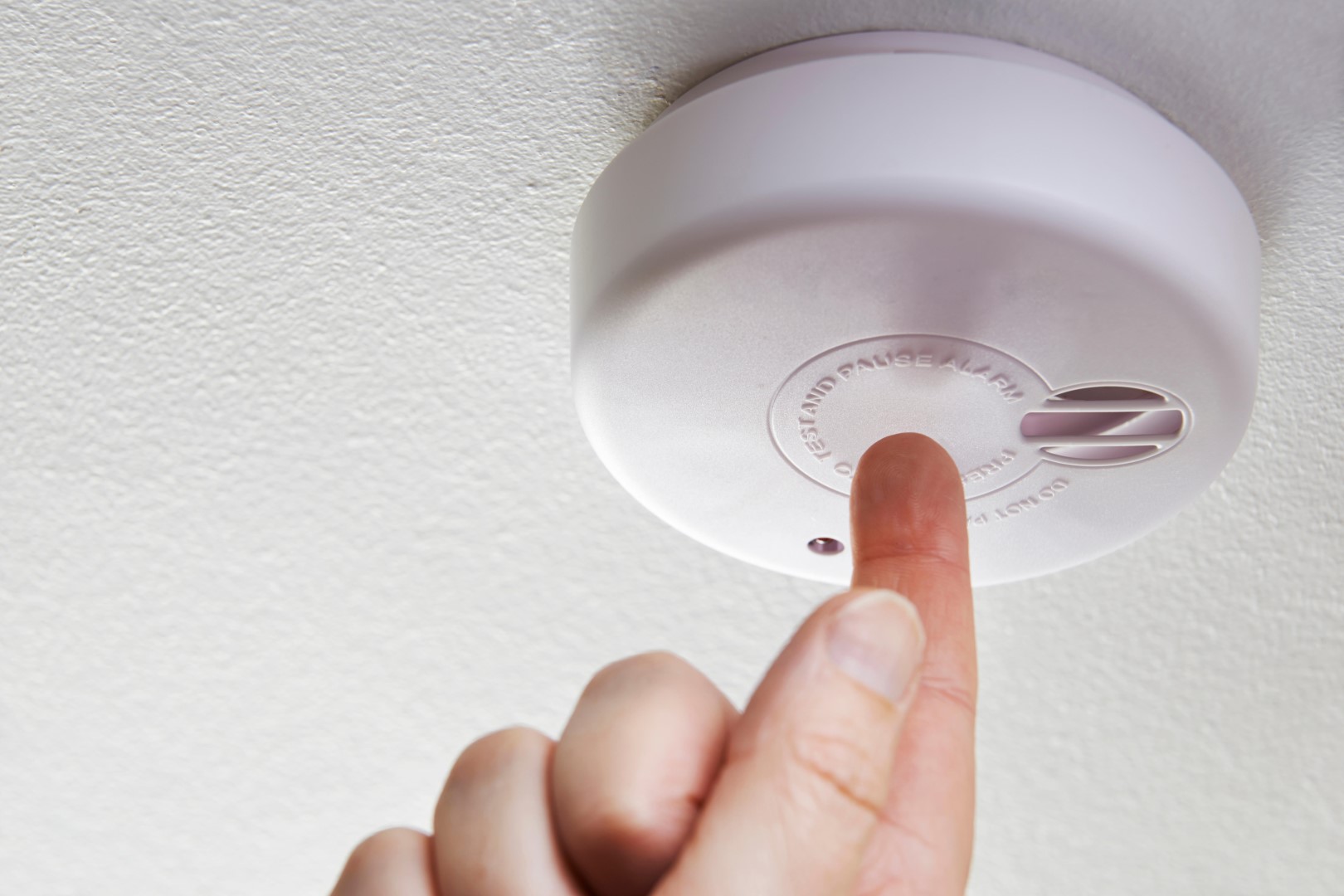
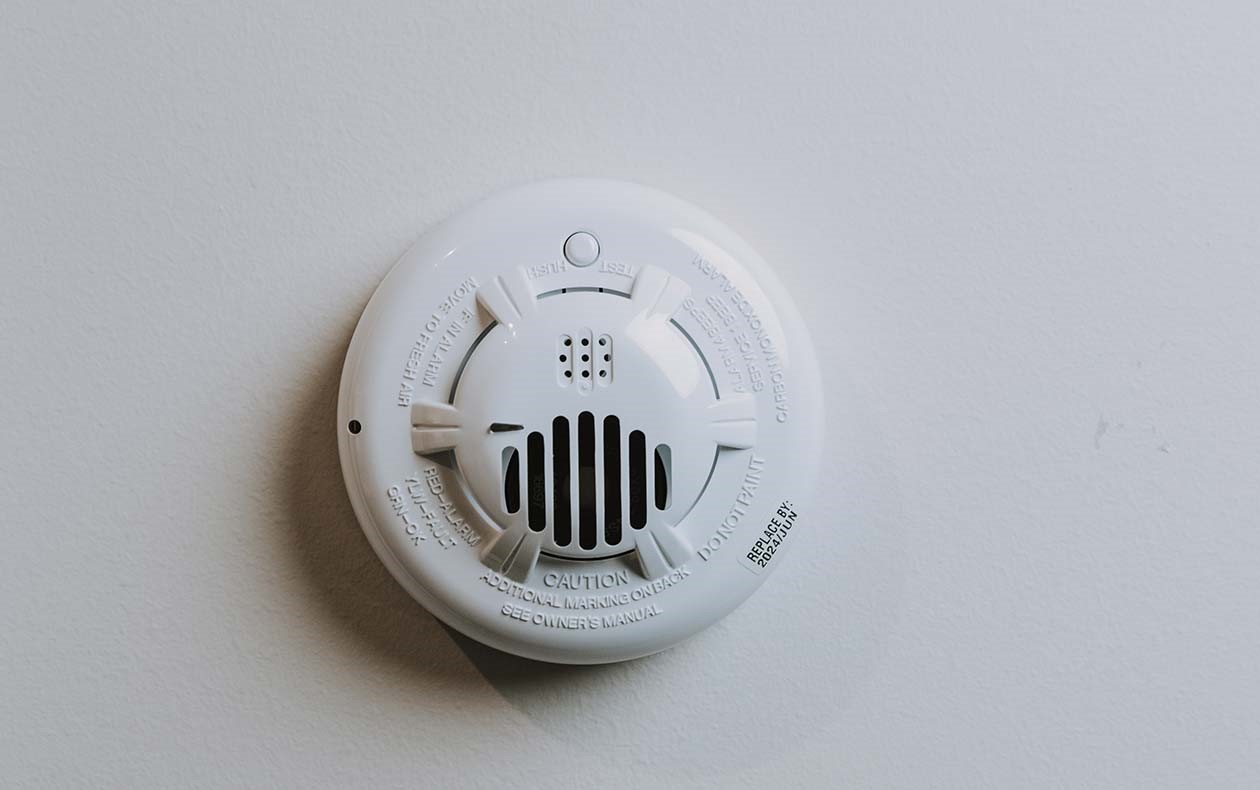
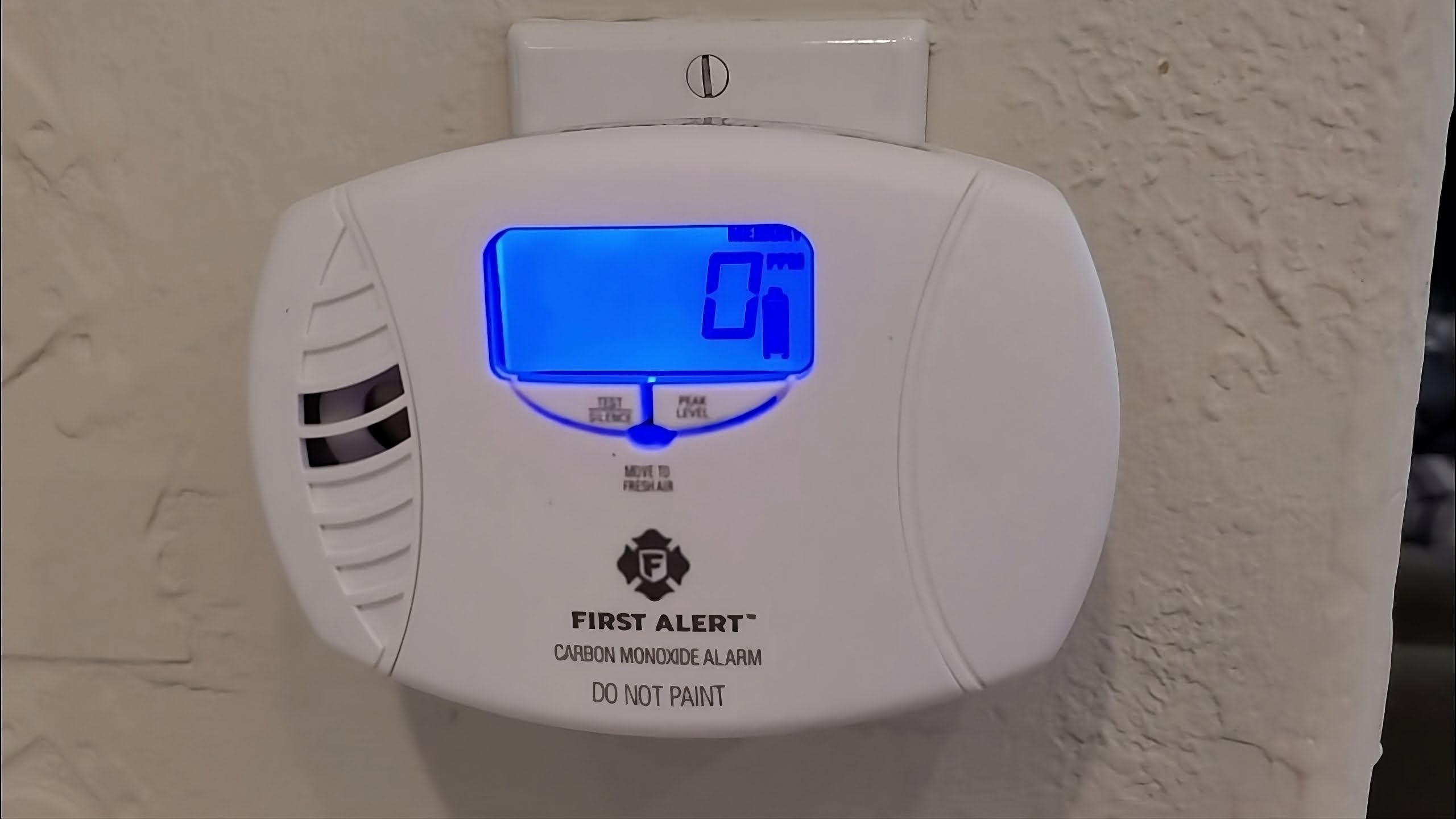
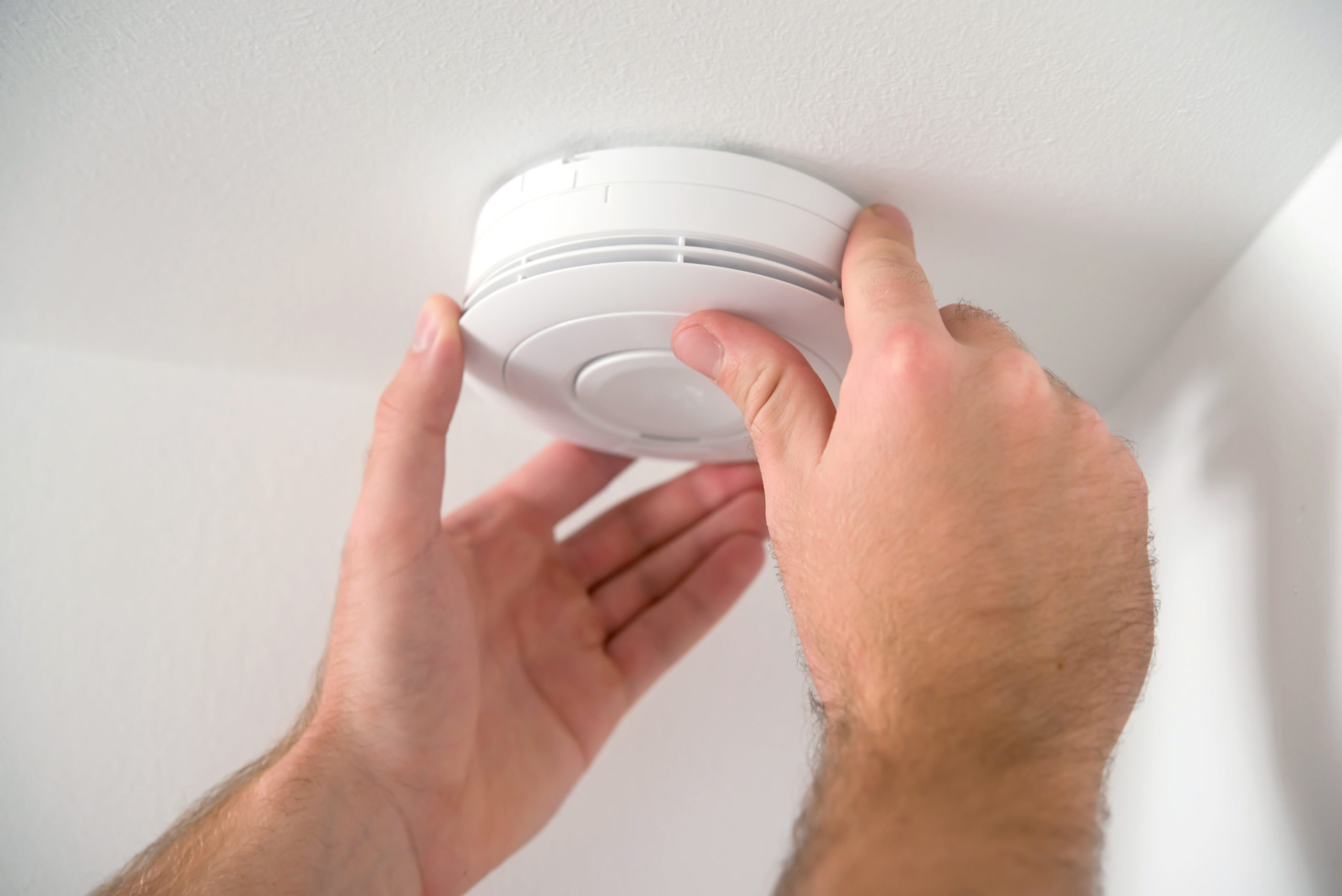

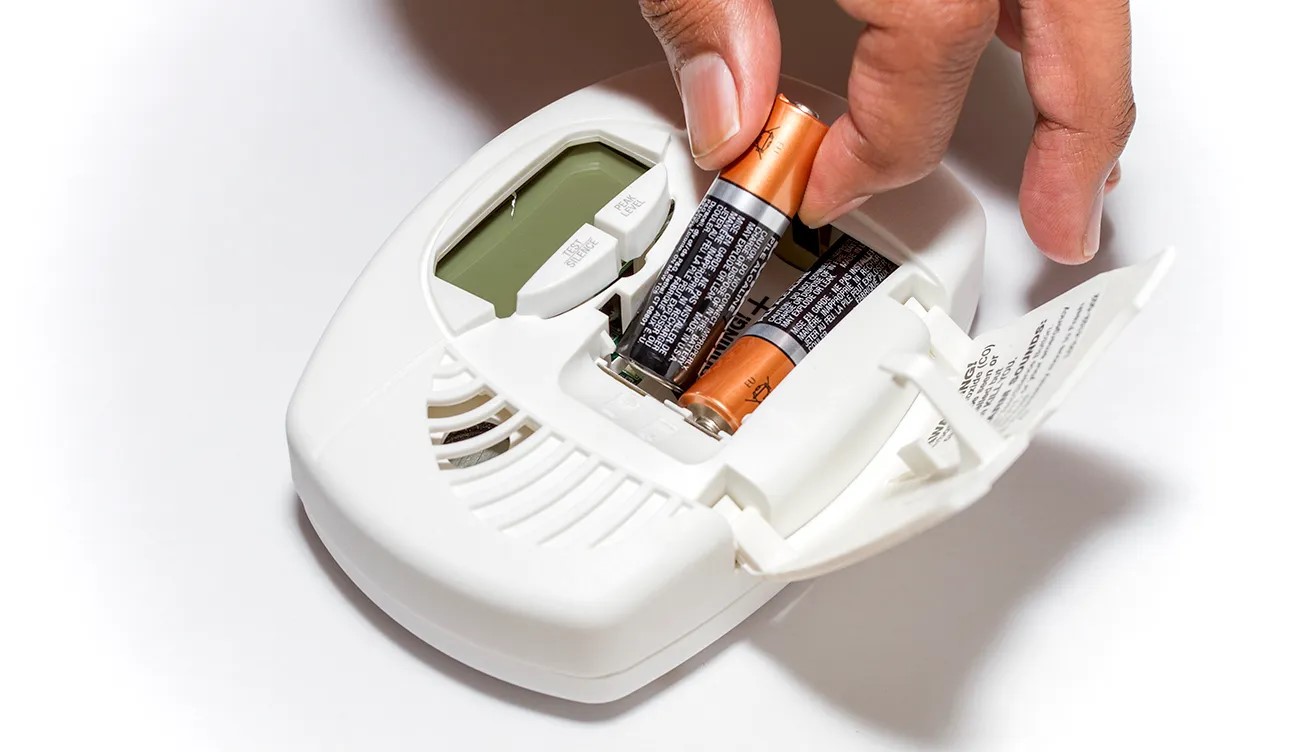
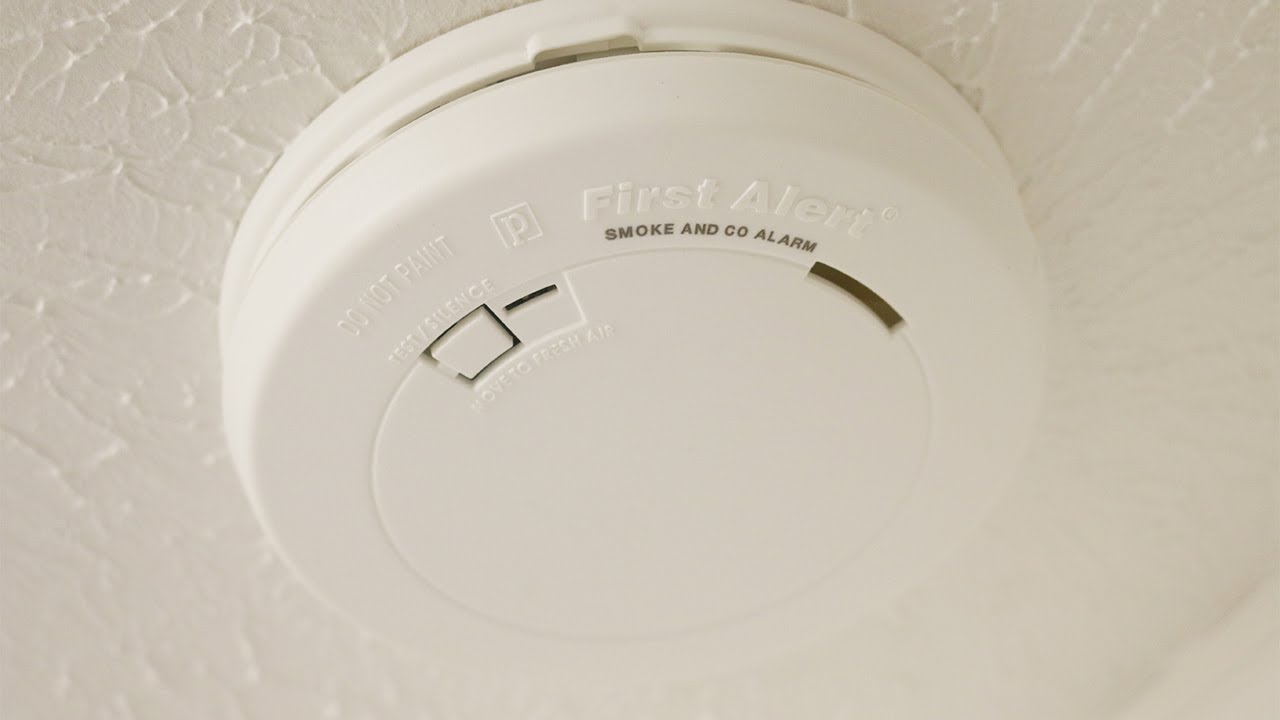
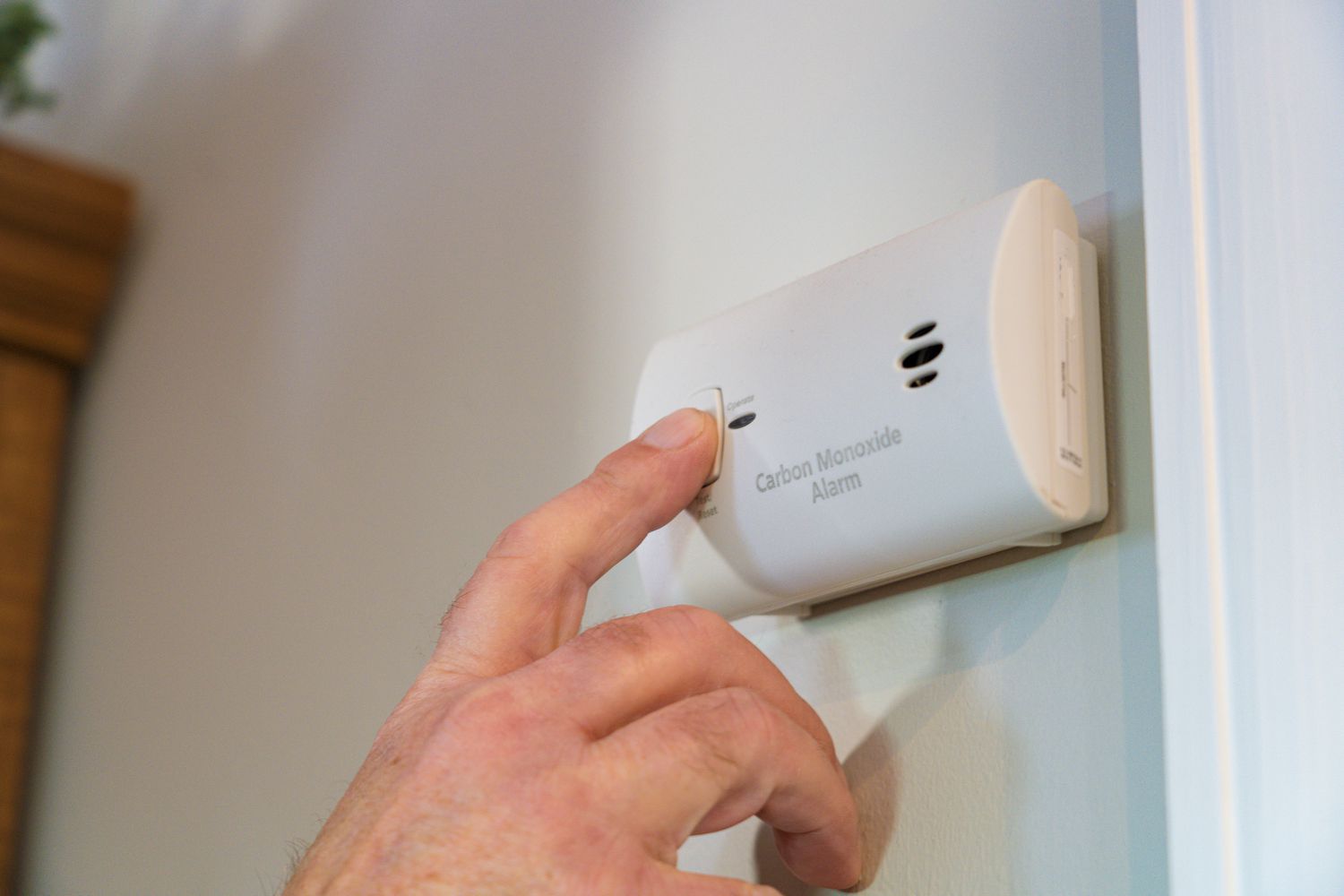
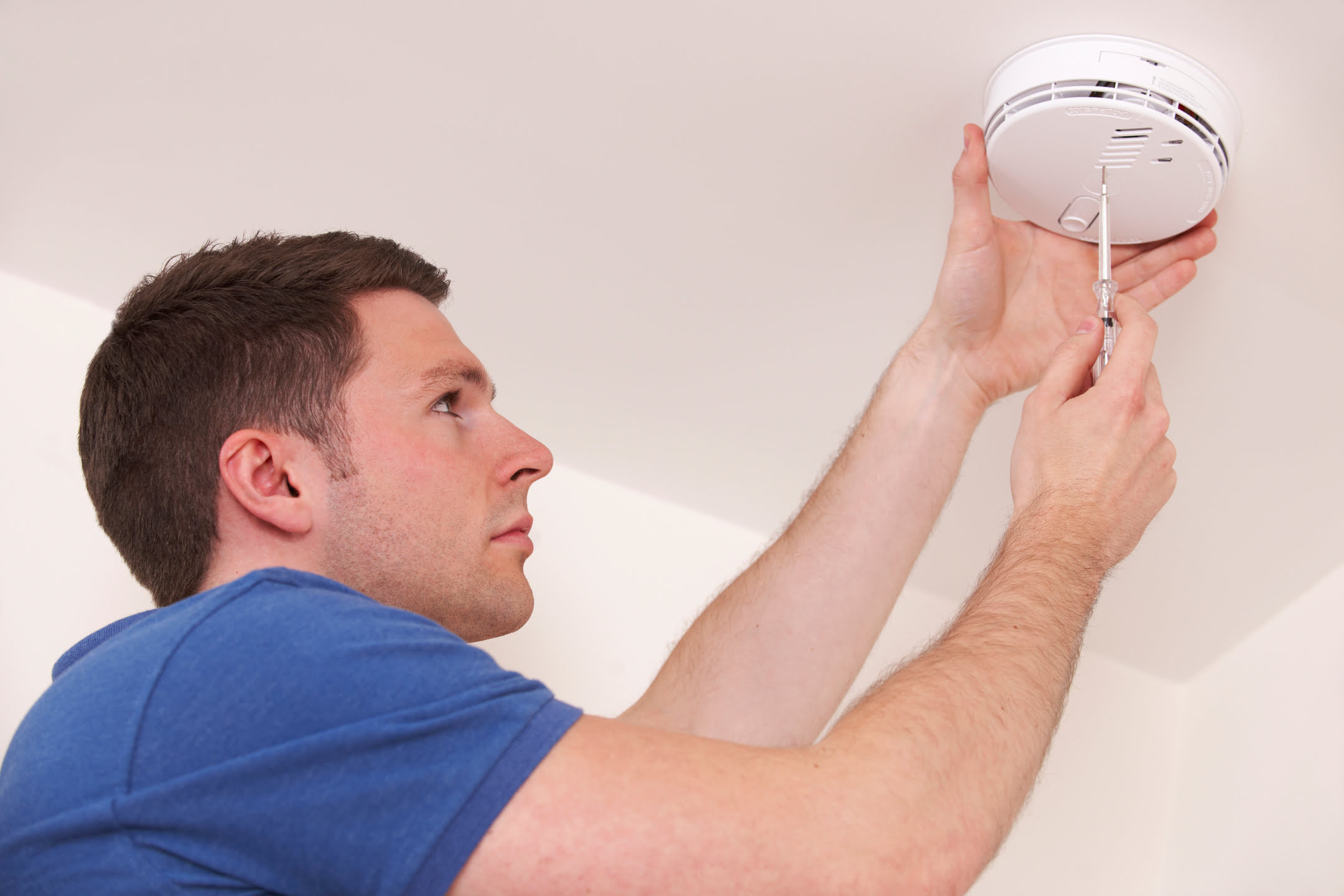
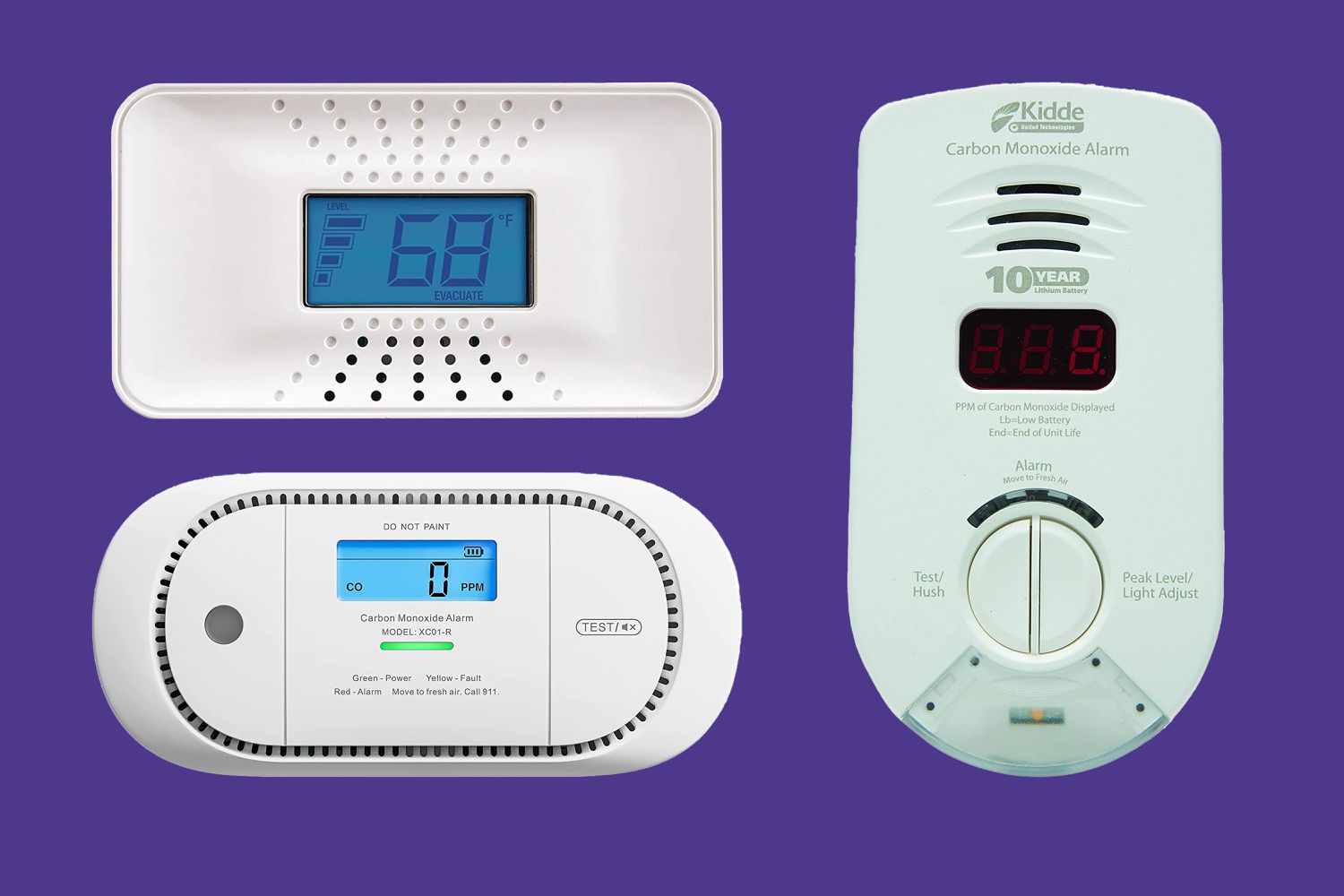
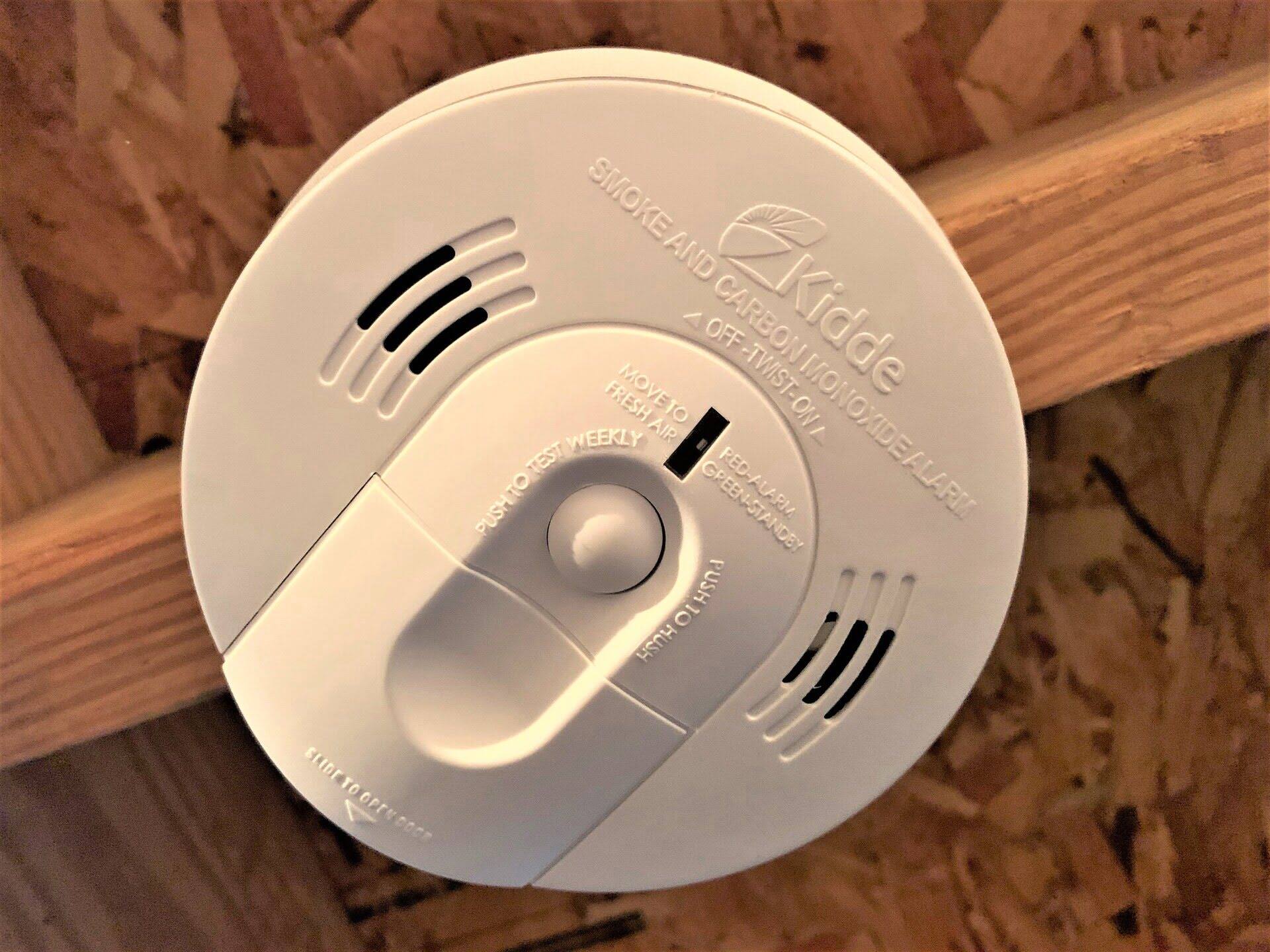
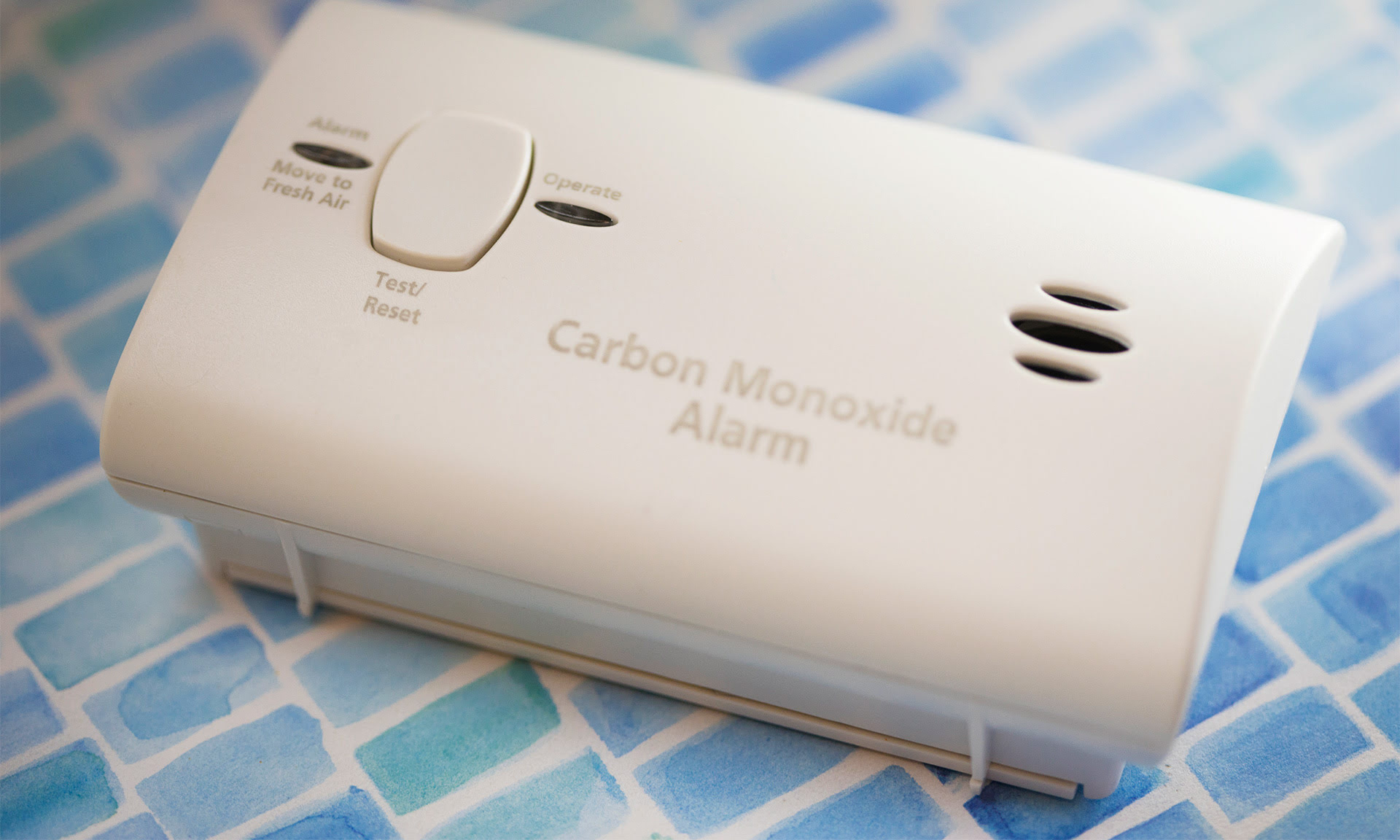
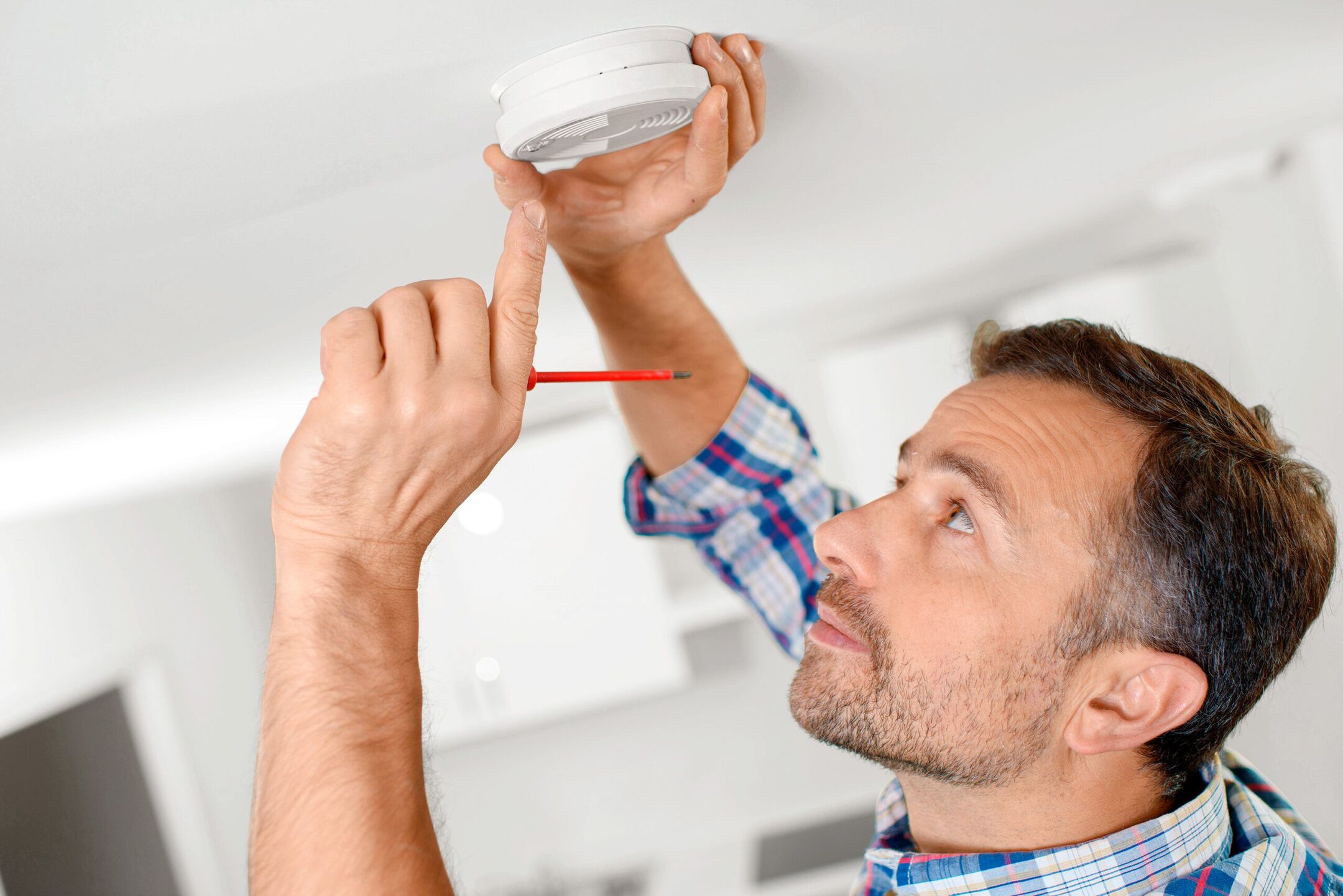


0 thoughts on “How To Know When A Carbon Monoxide Detector Is Going Off”